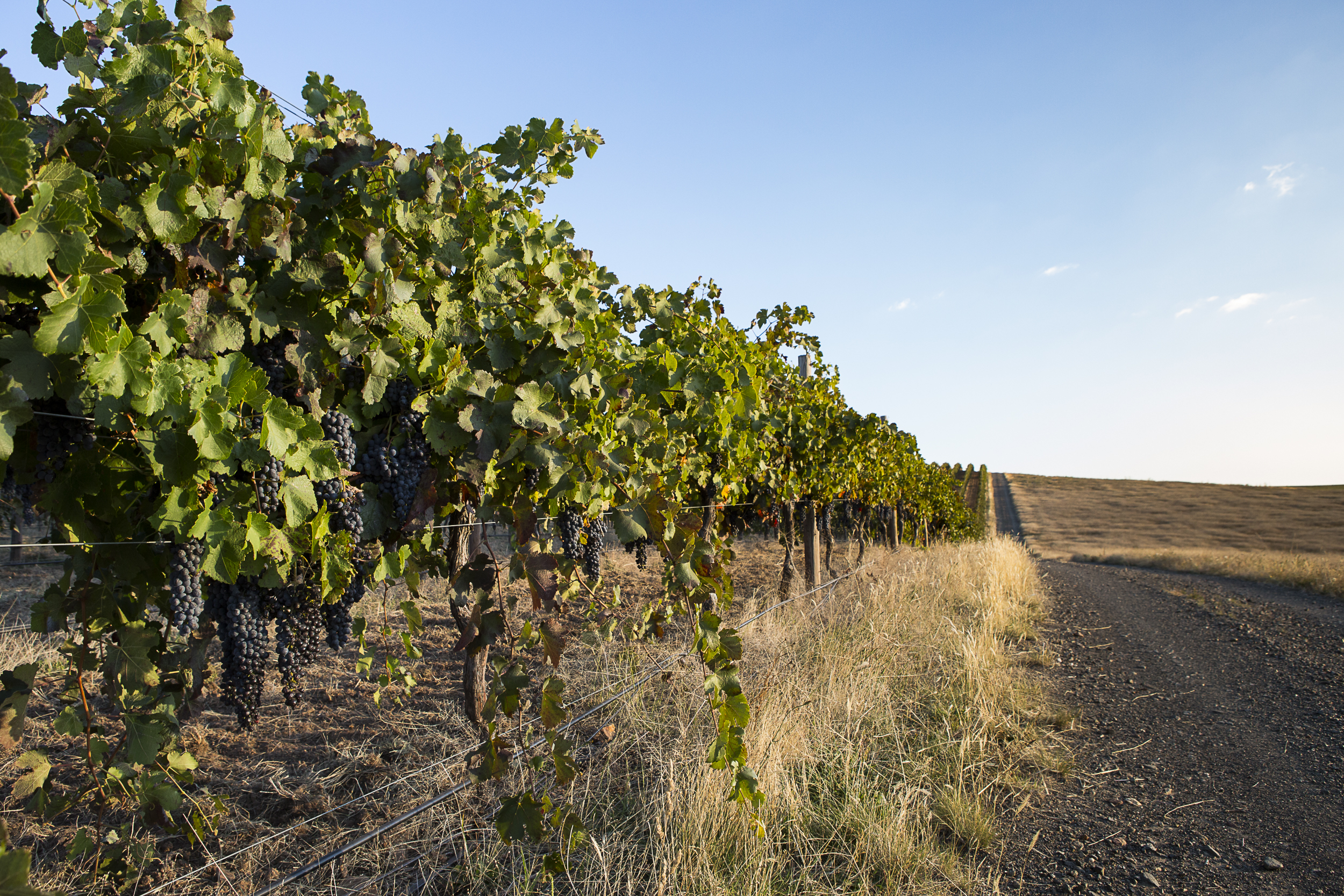Featured article in Decanter Magazine (February 2025 issue) by Tom Kline. Titled: Putting down roots; Why a range of Italian grape varieties are flourishing in Australia’s soils, and what the future holds for them.
The below is the introduction, and other key statements coming from Mark Walpole in Tom Kline’s story inside Decanter Magazine: February 2025 issue.
“How long is a piece of string?” quips Michael Dal Zotto of Dal Zotto Wines in Victoria’s King Valley wine region – a pithy yet fitting response to a big question: What’s the next big thing for Italian varieties in Australia?
“I have a personal preference for Pinot Bianco,” he adds, “but Fiano and Montepulciano are definitely appealing to the consumers we show them to.”
These are just a few of the Italian varieties flourishing in Australian vineyards – and ultimately in Australian wine glasses. To many outside the country, however, this evolution might come as a surprise. The global perception of Australian wine still often defaults to two extremes: inexpensive, fruity bulk wine and bold, premium Barossa Shiraz. And while these styles are undeniably significant within the context of Australian wine’s journey, they simply don’t reflect the full spectrum of the country’s ever-evolving wine landscape.
Today, Italian varieties flow through the veins of Australian wine, having found an eminently comfortable home while exemplifying the country’s growing diversity and adaptability. But this shift didn’t happen overnight. Italian varieties have only gained serious traction in Australia over the last three decades – following more than 170 years of dominance by French grapes. Over its rich vinous history, Australia has finely tuned iconic French varieties such as Pinot Noir, Cabernet Sauvignon, Syrah (Shiraz) and Chardonnay, often rivaling the best from their Old World counterparts (much to the chagrin of the French). Yet, this historical focus on French grapes belies the significant cultural influence of Italian immigrants on Australian life.
…The Chalmers family has played a pivotal role in this transformation (making Italian grape varieties more mainstream). Over the past 30 years, they have not only refined their own warm-climate viticulture and winemaking in the Heathcote and Murray Darling regions, but have also led the charge in importing Italian clones into Australia…The Chalmers family was also involved in founding one of Australia’s most important wine shows, the Australian Alternative Varieties Wine Show, which is held each year in the city of Mildura. In 1999, Bruce Chalmers, well-known local chef Stefano de Pieri and viticulturist in the Chalmers’ nursery Dr Rod Bonfiglioli initiated the Sangiovese Awards, which morphed into the Australian Italian Wine Show in 2000, before landing on its current name the following year. Along with providing important feedback to producers working with alternative varieties, the show has been critical in shining a light on alternative varieties as a category within Australian wine, with Italian varieties chief among them.
Mark Walpole of Beechworth-based Fighting Gully Road has been another huge proponent of Italian varieties in Australia. His work in developing Sangiovese has been critical to the grape’s local rise, having imported various clones far superior to those previously planted, ultimately resulting in much higher quality expressions. Today, he makes benchmark examples but also excels with other alternative grapes. Recently, his 2023 Verdicchio won a slew of awards at the North East Victorian Wine Challenge, including Wine of Show.
“It’s interesting to consider ‘alternatives’ from France,” says Walpole. “Picquepoul, Grenache Blanc and the like are getting a bit of an airing at the moment – but I’m yet to see a wine with a ‘wow’ factor. Italian varieties seem to be able to deliver that.”
Kline’s pick of those (wines) leading the way includes our 2023 Fighting Gully Road Verdicchio, awarding 93 points, and the following review:
Delicate aromas of citrus blossom, sea spray, yellow apple and pastry dough, followed by almond, further lees notes of sourdough, and lemon pith. The palate balances piercing fruit and leesy richness, resulting in a mouthfeel that’s both racy and textural. More of the dough and apple are followed by tense lemon juice and rind. Restrained power and texture, cut by energetic, tangy, saline acidity. A fresh, citrussy finish. Drink 2025-2027.”
You can read the full article here.
